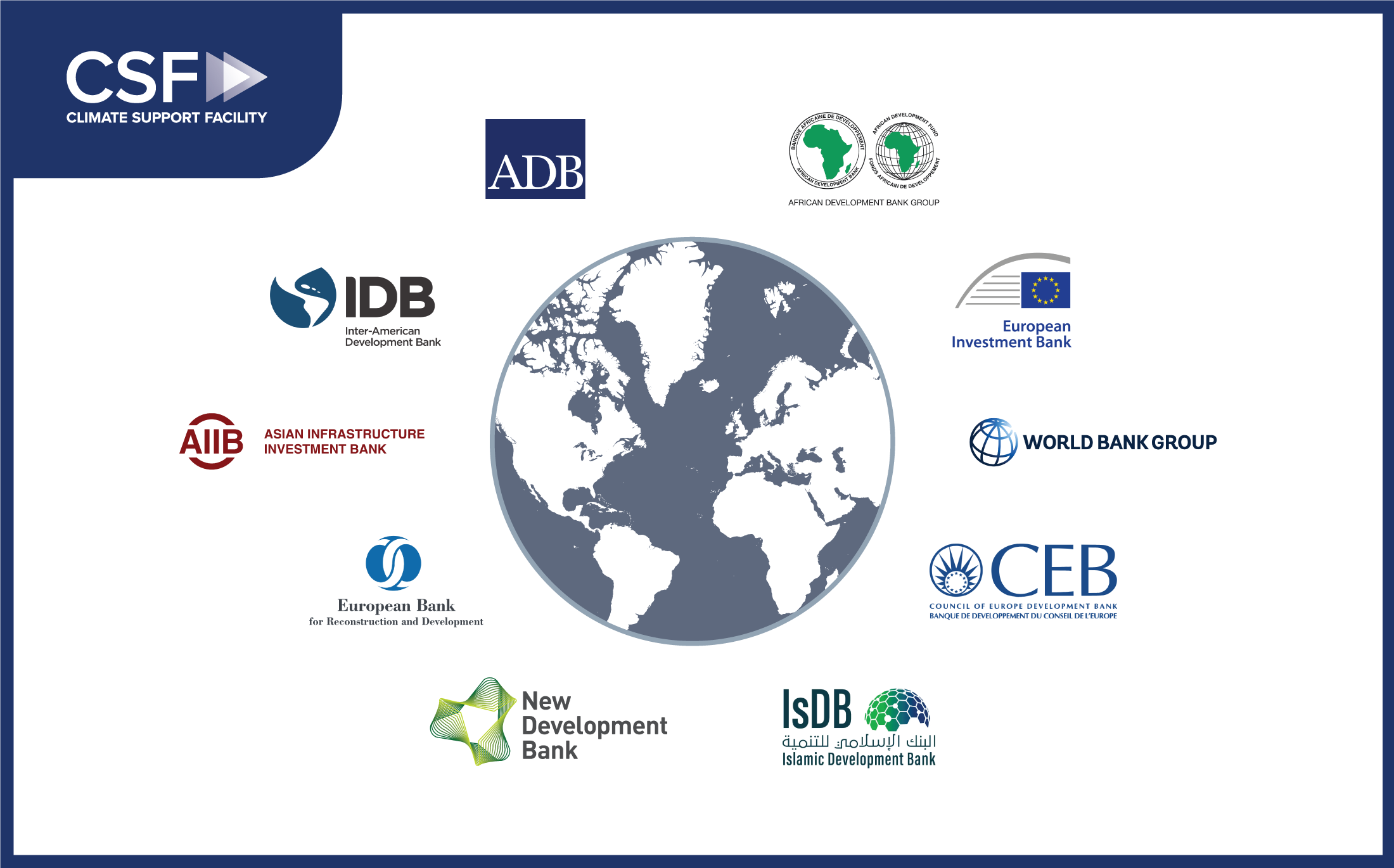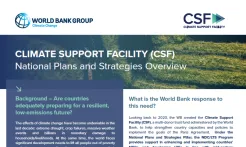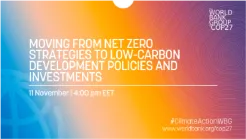The formulation of a long-term strategy (LTS) is a complex and resource-intense process. It requires technical knowhow and extensive stakeholder engagement – areas in which multilateral development banks (MDBs)* have considerable and unique strengths. Crucially, it also requires significant funding to finance transition activities and build country capacity. In addition to global reach and in-country presence, MDBs also can mobilize financing by linking climate policy to investments.
Recognizing their unique position and strengths, a joint MDB LTS facility was announced at COP 28 in Dubai in late 2023. The CSF hosts this critical collaborative effort and provides secretariat support and coordination.

*The current list of MDB's include: Asia Development Bank, Asian Infrastructure Investment Bank, African Development bank Group, Council of Europe Development Bank, European Bank for reconstruction and Development, European Investment Bank, Inter-American Development Bank, Islamic Development Bank, New Development Bank, World Bank Group




